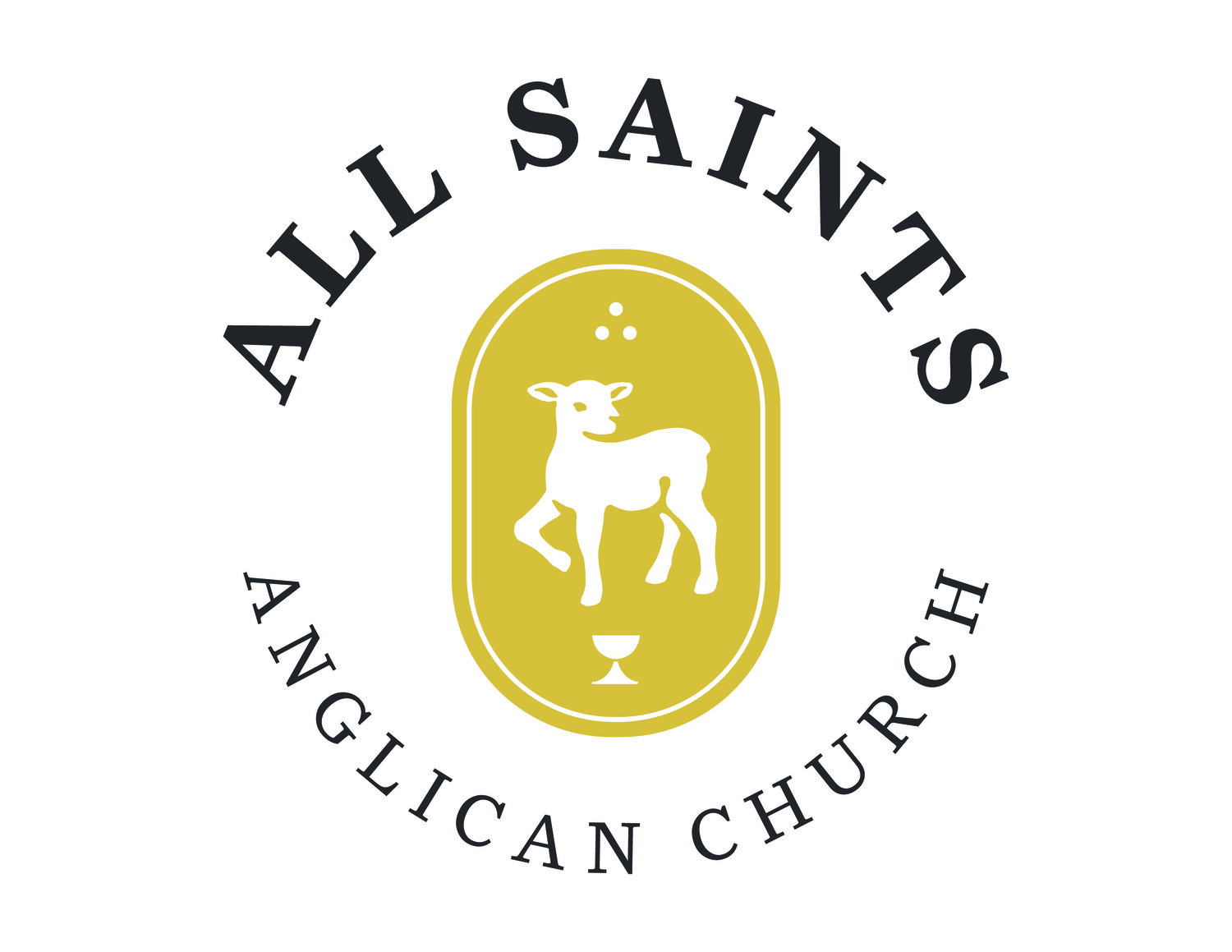Death is a scary feature of human life. Especially in modernity where we have been almost-but-not-quite-promised that we can escape it. Through various forms of control, artifice, or prosthesis, we play a long and hard fought game to attain this glimmering hebel of being unkillable and undying… yunno, like every single wicked sorcerer in every single children’s fairy tale.
The upshot of all of this is that, as a culture, we try to eschew the things that remind us of death or make us aware of our mortality: the sick, the poor, the homeless, the problems we can’t solve, children because they age us. Social forces may exalt one of the aforementioned cases and wave it for a time in an abstract and sociological way but only usually insofar as to “fix” the problem it presents to our pursuit of deathless health. The result is a kind of isolation and loneliness existent prior to the lockdowns (though definitely acerbated by them). “Within our frenetic necrophobia we flee death…” says Peter Leithart. And yet, there is grim irony here: that in order to preserve life we sacrifice it. Again, Leithart notes that “to elevate bare life as the supreme value we have to make the supreme sacrifice of life itself. And so we flee from death and find ourselves rushing to deaths embrace, strangely comforted. Our necrophobia becomes necrophilia.”
Of this class of things-that-are-problems-because-they-remind-us-of-death the widow stands supreme. Long before the limitations related to COVID19, the elderly were largely already being shuffled into their own segment of human life via age-appropriate programing in community centers and churches; jazzercize at the YMCA and the 8:00 AM traditional service at the parish. We no longer speak of “finishing life well” or of “living to the full” when we speak of growing old. We now speak of “staying young and strong” in magazine ads for the post-septuagenarian audiences.
The early church was different. Central to its life were the widows, the orphans, and the martyrs. The logic was simple: in this community gathered around the Cross of Jesus, widows and martyrs were symbols of the glorious faithfulness of lives lived for God alone. For the early Christian community, as Leithart elsewhere suggests, “death is not end but beginning”. The early church was marked by being those for whom all the signs and symbols of the grave and of the end of life, of weakness itself, were turned upside-down: the Cross, the tomb, the elderly, the orphaned, the beggar, the martyr, the victim, the persecuted.
When the widows, grey and glad and grim, stood-up to recite the Creed of the apostles, they carried the memory of the church; they themselves were a kind of physical tether for the generations of Mother Church. So also were they the signs and symbols of what a true victory over the grave looked like.
In a similar vein when the Church gathers on All Souls to remember our dead, and to name them before the Father, and to give thanks for them, so to do we show a culture hidebound in fear what Christ’s work has accomplished.
This is why, as Rome was collapsing (in its various collapses between the 2nd and 5th century AD), and barbarians breaking-in the border towns or plagues ravaging the urban centers of the Empire, when everyone who could was fleeing to the countryside, the early Christians remained. They endured the plagues and actively sought-out and cared for the sick. They endured the conquering of the invaders, and conquered them with the love of Christ.
We are the community of the Cross, a symbol not merely of death but of The Death. And, as Chesterton reminds us, “The cross cannot be defeated, …for it is Defeat” (152).


